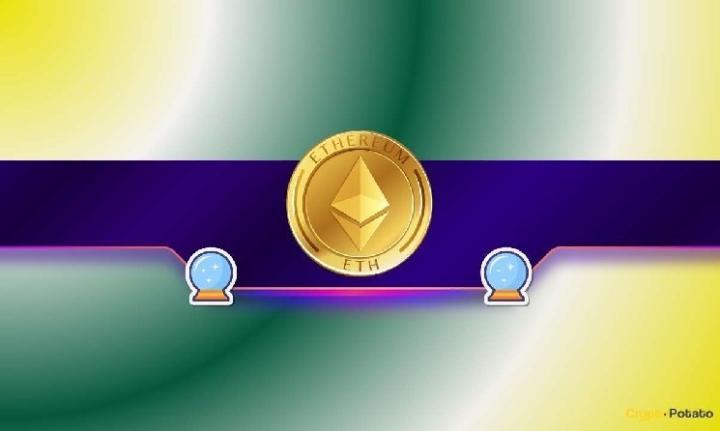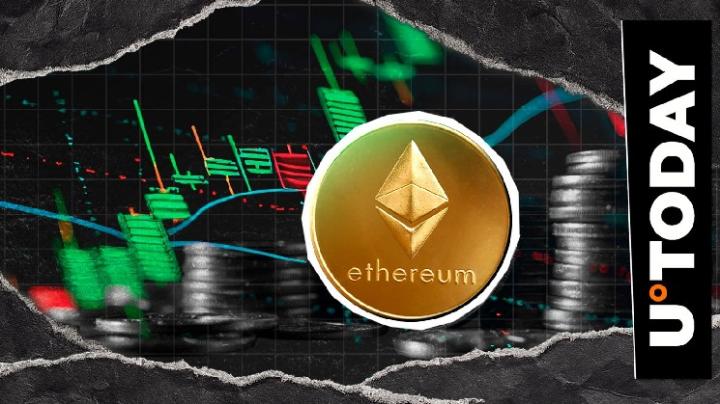In July of this year , SEC Chairman Paul Atkins stood at a podium in Washington and, with a touch of excitement in his voice, announced "Project Crypto," aiming to move all U.S. financial markets "on-chain." The audience erupted in applause, as if the spring of blockchain finance had truly arrived.
But if you look closely at what is happening, you will find an interesting phenomenon: under the same "full financial chain" framework of the SEC, the market is dividing into two completely different worlds.
On one hand, Robinhood is boldly promoting the tokenization of US stocks in Europe, Coinbase is building the Base ecosystem to redefine on-chain finance, and South Korea's Upbit is challenging the hegemony of the US dollar with GIWA. The path they have chosen can be called "tokenization of US stocks": reinventing stock trading in the blockchain-native world.
Meanwhile, Nasdaq is cautiously testing tokenization solutions, while Hong Kong-based HashKey is exploring innovation within regulatory frameworks. These companies are pursuing a "tokenization" of US stocks, attempting to give traditional finance a new look with blockchain technology.
The difference between these two paths is far greater than you think.
A New Player's Game: Reinventing Stocks in a Blockchain World
Robinhood: Rules too annoying? Find another place to play
On that sunny afternoon last June, when Robinhood announced its plan to launch tokenized U.S. stocks on Arbitrum at the Plaza Garden in Cannes, France, traditional brokerages in Silicon Valley must have felt a chill.
This company, once ridiculed by Wall Street as a "retail arcade," has demonstrated the core advantage of emerging financial technology: play wherever the rules are friendliest.
US securities laws too strict? No problem, go to Europe. MiFID II is relatively relaxed? Build infrastructure there. Is Arbitrum L2's technology mature enough? Perfect! 24/7 trading, instant settlement, zero commissions, and all the cumbersome processes of traditional stock trading are ditched.
Rather than attempting to reshape the decades-old infrastructure of Wall Street, Robinhood reinvented the stock market on the blockchain. This approach is crude and simple, but incredibly effective.
Coinbase: Not just tokenization, but a financial operating system
If Robinhood is opportunistic, then Coinbase demonstrates systemic ambition.
Brian Armstrong is an interesting person. He never hides his ambitions. At the Base App launch event, he directly stated that he wanted to make Coinbase "the world's number one financial services application in the next 5-10 years."
The Base public chain isn't simply an Ethereum L2, but a complete financial ecosystem experiment. The OP Stack provides the technical foundation, ensuring a user experience with 1-second block times, and 110 million verified users provide natural liquidity. More importantly, the Base app is becoming a "Western WeChat"—transactions, payments, social networking, and DeFi—all within its reach.
When Armstrong said he wanted to tokenize his company's stock, it was not a simple tokenization project, but a statement to the world: We not only want to tokenize your stocks, but also build a complete on-chain financial world to make traditional finance history.
GIWA: Asia's Declaration on Financial Sovereignty Technology
On the surface, Upbit's GIWA appears to be just another OP Stack-based L2, offering 1-second block times and support for the Korean won stablecoin, seemingly a simple imitation of Coinbase's BASE. However, if you understand South Korea's role in the global financial system, you'll understand the true significance of this project.
Upbit controls 80% of cryptocurrency trading volume in South Korea, a major cryptocurrency market player. This level of market dominance is rare in any other country. When they launched GIWA and claimed to support the Korean won stablecoin, they were effectively launching a technical challenge to the hegemony of the US dollar. In an era where both US financial infrastructure and the US dollar are rapidly becoming blockchain-based, GIWA represents a technological expression of the Asian financial market.
These three companies share one thing: freedom of choice. Don't like the rules? Find another. Unsatisfied with the existing infrastructure? Build your own. Freedom of choice is the greatest weapon of emerging fintech.
The dilemma of veteran players: giants kidnapped by history
Nasdaq: Wants to innovate, but dances in shackles
Now let's look at the reality facing Nasdaq.
Founded in 1971, the exchange manages over 5,400 listed companies with a total market capitalization exceeding $25 trillion. Millions of investors rely on its systems to trade daily, and hundreds of market makers profit on its platform. The lifeblood of the entire US tech sector depends on it.
This weight is both its glory and its curse.
While Robinhood boldly experiments with 24/7 trading in Europe, Nasdaq must consider the interests of existing market makers. When Coinbase builds a DeFi ecosystem on Base, Nasdaq must ensure that DTCC's trillion-level clearing system remains unaffected. When GIWA challenges the hegemony of the US dollar, Nasdaq must also face triple oversight from the SEC, FINRA, and self-regulatory agencies.
Even more devastating is the burden of history. For 50 years, every technological upgrade at Nasdaq has followed the same pattern: incremental innovation, fully compliant. From telephone quotes to electronic trading, from a single market maker to the ECN network, every step has been cautious, never radical. This gene is ingrained in Nasdaq, making it virtually impossible to suddenly become a blockchain native.
The triple shackles of supervision
Any technology decision at Nasdaq must pass three hurdles, each of which could stifle true innovation.
The legal framework is the most stringent barrier. The Securities Act of 1933 requires registration of all securities offerings, the Securities Exchange Act of 1934 regulates exchange practices, and FINRA's technical standards are detailed down to every line of code. Any innovation that fails to comply with these regulations is doomed to failure.
Systemic risk is the most formidable hurdle. Nasdaq carries the core trading of US tech stocks, and any technical failure could trigger market panic. The "too big to fail" label makes every technical decision a daunting risk assessment.
The most challenging hurdle is entrenched interests. Traditional clearing firms won't easily give up their intermediary fees, custodian banks don't want to lose control of trillions of assets, and market makers want to protect their profit models. Every true innovation requires the approval of these rentiers, which is a profound irony.
The fundamental conflict between two technological philosophies
When you compare the technical solutions of these two camps, the difference is simply worlds apart.
"Tokenization of US Stocks": Native Blockchain Thinking
Take Coinbase as an example, their technology stack is as follows:
Base L2 serves as the underlying layer, native smart contracts serve as the middle layer, and the Base App provides the user interface. The entire system was designed from the ground up for the blockchain world, offering 24/7 operation, cross-chain interoperability, programmable assets, and DeFi protocol integration. This is reinventing finance in the blockchain world.
“Tokenization of US stocks”: Blockchain packaging of traditional systems
Nasdaq's approach is quite different. Our analysis suggests it will most likely utilize a customized version of Hyperledger Fabric as the underlying infrastructure, maintaining the existing DTCC clearing system and implementing some tokenization techniques on top.
The result is a hodgepodge: it has the technical terminology of blockchain, but maintains the operational logic of traditional finance. Trading hours remain the same, with a more complex KYC process than before, and only institutional investors are allowed to participate, while retail investors remain excluded.
To put it bluntly, this is not blockchain finance, but an upgrade of traditional databases packaged with blockchain concepts.
The future is here, it’s just unevenly distributed
When we extend our view to the next 5-10 years, the differences between the two paths will become more obvious.
The "US stock tokenization" movement is building a whole new financial world. 24/7 global stock trading, programmable stock assets, widespread micro-investing, and the free flow of cross-chain assets. This is a decentralized, borderless, and programmable financial future.
The "tokenization of American stocks" camp is upgrading the traditional financial system with technology. This includes faster settlements, more transparent transaction records, and stricter compliance monitoring. However, the power structure, the distribution of benefits, and the barriers to entry remain unchanged. This is a more efficient, yet fundamentally unchanged, traditional financial system.
When Nasdaq completes its so-called "full tokenization" transformation, it may find that what it has created is nothing more than a more complex and expensive upgrade of the traditional financial system, but the essence remains unchanged.
At this time, Robinhood, Coinbase, and GIWA have already established their own financial empires in the new world.
Conclusion
The SEC's Project Crypto paints a beautiful picture, but reality is evolving in two distinct ways: redefining financial rules in new areas, while installing new technologies within old frameworks.
This reminds me of a saying: A true revolution never takes place in the meeting room of the old system, but is born in the development of new areas.






